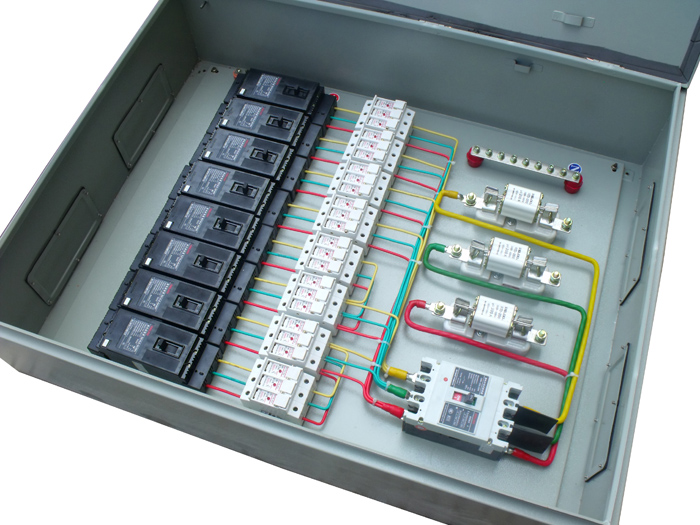Integrating Rectangular Locks and Swing Latches in Electrical Cabinet Solutions
In the ever-evolving landscape of electrical cabinet design, efficiency, security, and accessibility are paramount concerns. One key aspect that significantly contributes to these requirements is the integration of rectangular locks and swing latches. These mechanical devices play a pivotal role in safeguarding sensitive equipment while facilitating easy access when needed.
Rectangular locks, with their robust and durable construction, offer high-level protection against unauthorized entry. Their rectangular shape ensures a secure fit into standard electrical cabinets, providing a solid barrier between the interior and external environment. Keyed or programmable options enable authorized personnel to lock and unlock with ease, minimizing the risk of tampering. Moreover, they often feature anti-tamper mechanisms, enhancing overall security against potential break-ins.
Swing latches, on the other hand, introduce an element of convenience. Designed for cabinets that require frequent access, these latches allow the door to pivot open without the need for a separate locking mechanism. They are particularly useful in situations where quick access to electrical components is critical, such as in emergency response scenarios. Swing latches can be designed to integrate seamlessly with rectangular locks, allowing for both security and functionality to coexist harmoniously.
The integration of rectangular locks and swing latches in electrical cabinet solutions showcases a thoughtful approach to user experience and system security. By combining the best aspects of both types of locks, designers create cabinets that balance accessibility and protection. This fusion ensures that essential systems remain protected from unauthorized intrusion while enabling authorized personnel to perform maintenance and repairs efficiently.
In conclusion, the judicious use of rectangular locks and swing latches in modern electrical cabinet designs underscores the importance of smart engineering. It highlights how technology can be harnessed to create practical, secure, and user-friendly solutions that cater to the diverse needs of various industries. As the demand for advanced safety measures continues to rise, the seamless integration of these locking systems will only become more crucial in ensuring the reliability and integrity of electrical infrastructure.
infrastructure.